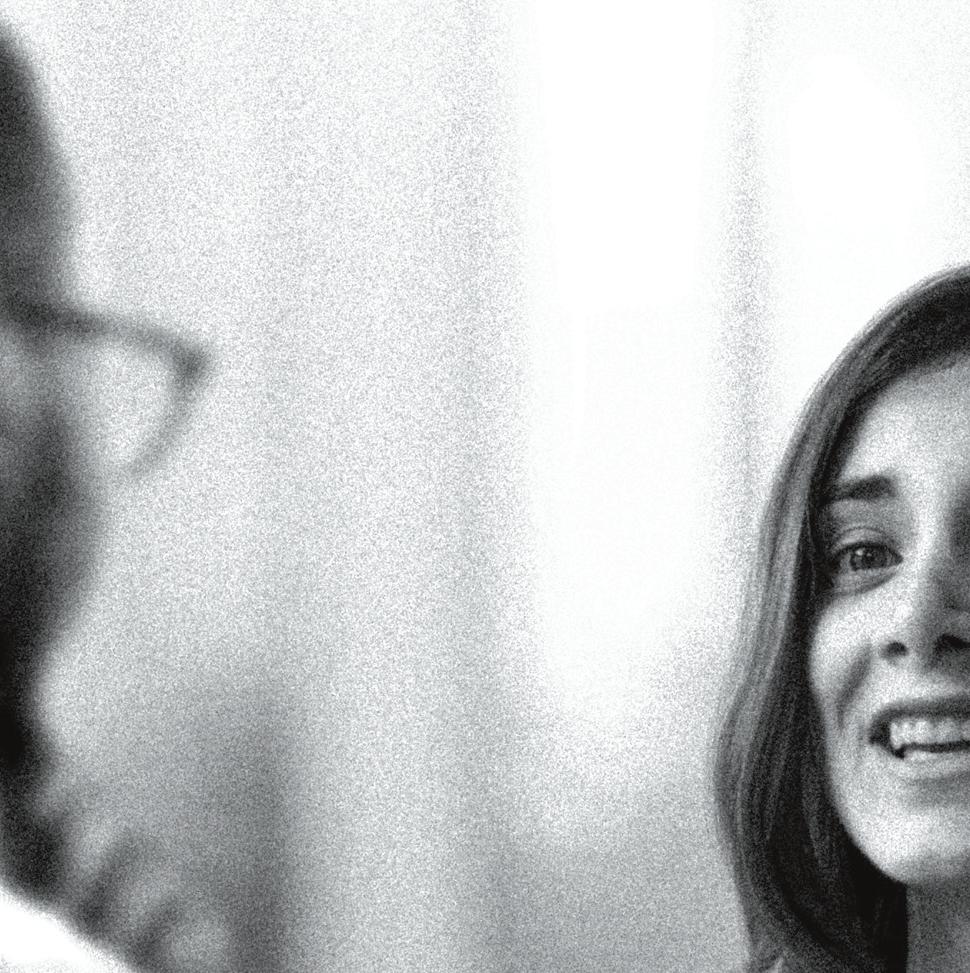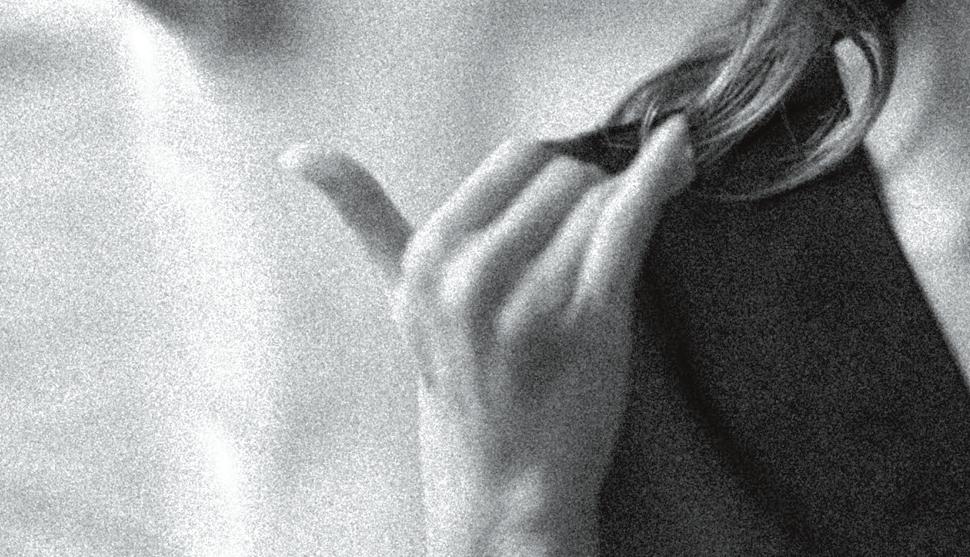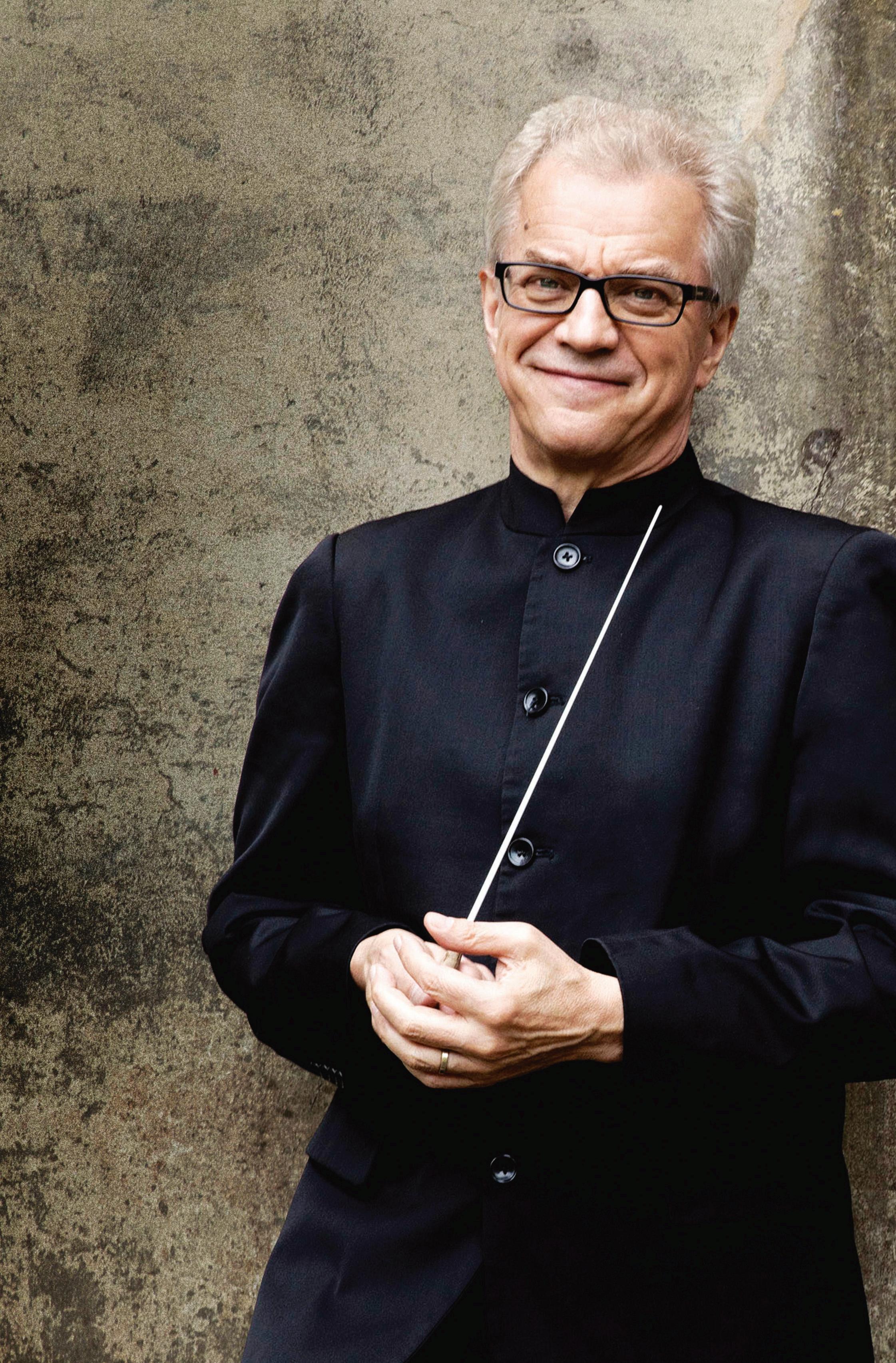
July 12, 2025


July 12, 2025

PRESENTED BY
Saturday, July 12, 2025, at 7 PM
The Cleveland Orchestra Osmo Vänskä , conductor
JEAN SIBELIUS En Saga, Op. 9 20 minutes (1865–1957)
INTERMISSION
CARL ORFF
SEASON PARTNERS

FAMILY ENGAGEMENT PARTNER

MOVIE NIGHT PRESENTING SPONSOR

minutes
Carmina Burana 65 minutes (1895–1982) PROLOGUE
Nos. 1–2: Fortuna imperatrix mundi (Fortune, Empress of the World)
PART I
Nos. 3–5: Primo vere (In Springtime)
Nos. 6–10: Uf dem Anger (On the Green)
PART II
Nos. 11–14: In taberna (In the Tavern)
PART III
Nos. 15–23: Cour d’amours (The Court of Love)
No. 24: Blanziflor et Helena —
EPILOGUE
No. 25: Fortuna imperatrix mundi
Shelén Hughes, soprano
Reginald Mobley, countertenor
John Brancy, baritone
Blossom Festival Chorus
The Cleveland Orchestra Children’s Chorus
















Total approximate running time: 1 hour 45 minutes
This concert is generously sponsored by the Wesley Family Foundation
PLEASE RECYCLE

by Jean Sibelius
BORN: December 8, 1865, in Hämeenlinna, Finland
DIED: September 20, 1957, in Järvenpää, Finland
COMPOSED: 1892–93
WORLD PREMIERE: February 16, 1893, with the composer conducting the Helsinki Orchestral Society
CLEVELAND ORCHESTRA PREMIERE: January 28, 1932, led by Rudolph Ringwall
ORCHESTRATION: 2 flutes (2nd doubling piccolo), 2 oboes, 2 clarinets, 2 bassoons, 4 horns, 3 trumpets, 3 trombones, tuba, timpani, percussion (bass drum, triangle, cymbals), and strings
DURATION: about 20 minutes
by Carl Orff
BORN: July 10, 1895, in Munich
DIED: March 29, 1982, in Munich
COMPOSED: 1935–36
WORLD PREMIERE: June 8, 1937, led by Bertil Wetzelberger
CLEVELAND ORCHESTRA PREMIERE: August 25, 1968, with Louis Lane conducting
ORCHESTRATION: 3 flutes (2nd and 3rd doubling piccolo), 3 oboes (3rd doubling English horn), 3 clarinets, bass clarinet, 2 bassoons, contrabassoon, 4 horns, 3 trumpets, 3 trombones, tuba, timpani, percussion (glockenspiels, xylophone, castanets, ratchet, sleigh bells, crotales, cymbals, tam-tam, chimes, tambourine, snare drums, bass drum), 2 pianos, celesta, and strings, plus three soloists, mixed chorus, and children’s chorus
DURATION: about 65 minutes
See page 7 for the sung texts.
FINNISH COMPOSER JEAN SIBELIUS lived through a time of political upheaval and crystallizing national identity. When he was born in 1865 — 56 years after Russia wrested imperial control of Finland from Sweden — Swedish remained the official national language, while rural people retained the Finnish language and customs they had cultivated throughout centuries of foreign occupation. In 1892, Finnish gained official status, and by 1918, Finland had declared its independence from Russian rule.
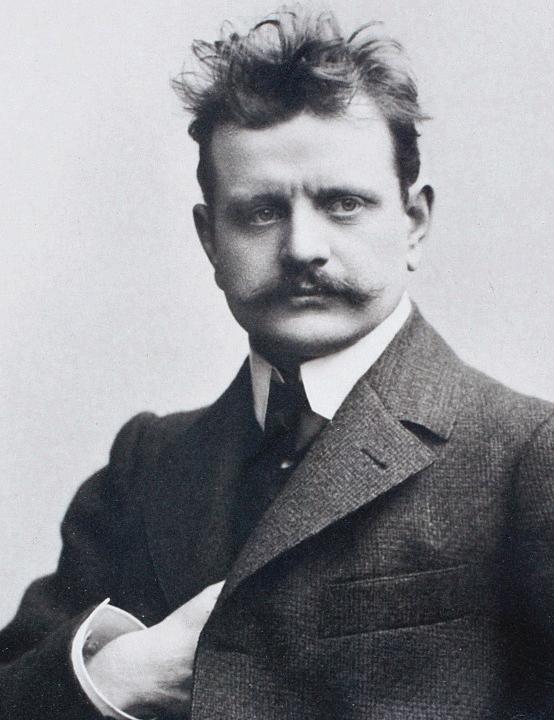
Ironically, it was while Sibelius was finishing his musical studies in Berlin and Vienna that he began his lifelong infatuation with Finnish culture. Upon his return home in 1891, he joined a growing contingent of cultural elites pushing for the elevation of a distinctly Finnish art. This movement had been fueled in part by the 1835 publication of the Kalevala, a national epic compiling traditional myths and legends.
While many of Sibelius’s tone poems and vocal works directly depict scenes from the Kalevala, En Saga does not. Nevertheless, its title and musical vocabulary suggest a connection to ancient Finnish folklore. Sibelius wrote this tone poem in 1892 following a folk song-gathering trip to Karelia (the region where the Kalevala originated).
The influence of this trip can be heard in the opening bassoon melody, interrupting woodwind flourishes with a sense of pulsing eagerness. Over the course of the work, this folk-inspired melody weathers a hero’s journey — the optimism of the opening is challenged as different factions of the orchestra layer competing motives; momentary reprieve gives way to a quasi-fanfare that soon spirals into a manic dance; finally, a lone clarinet closes the piece with a weary rendition of the now-familiar folk melody.
Despite clear echoes of nationalistic mythology, it could be argued that the composer himself is the protagonist of his own epic, like Beethoven’s “Eroica” Symphony or Richard Strauss’s Ein Heldenleben. Sibelius reflected later in his life that “En Saga is one of my most profound works in psychological meaning. I could even say that it contains all my youth. It is the expression of a state of mind. I had undergone a number of painful experiences at the time and in no other work have I revealed myself so completely.”
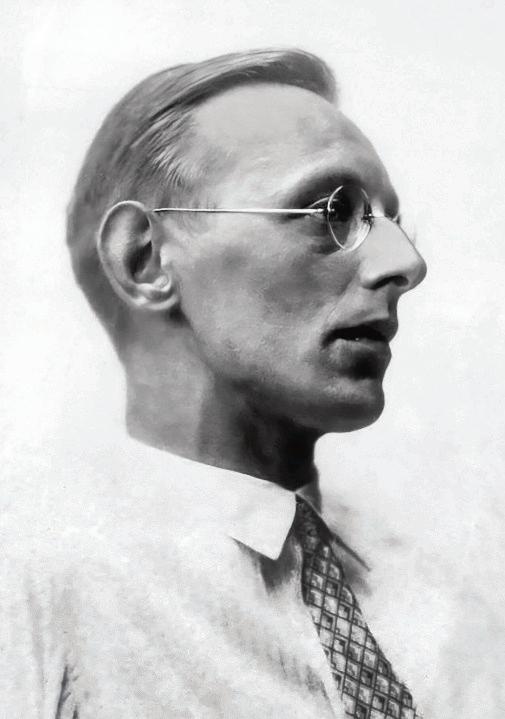
Like Sibelius, German composer Carl Orff has long been associated with musical nationalism. Where Sibelius was enthralled with folk traditions, Orff was fascinated by historical European sources. Carmina Burana (Songs of Beuren), his first major success and most enduring work, draws its texts from a Medieval codex of the same name. Discovered in a German monastery in 1803, this manuscript contains over 300 secular poems in Latin and German. Orff selected 24 of these for his cantata, grouping them by theme: fortune, nature, drinking, and love.
From Hollywood to TikTok, the iconic O Fortuna (O Fortune) movements bookending this work resound in popular consciousness. The two dozen movements in between may be less famous, but they are no less epic. Orff tactfully tailors his music to the text, switching on a dime from playful to mournful to downright raucous. And each musical morsel receives unique performing forces, vacillating between full choir, chamber chorus, children’s chorus, and vocal soloists. Orff also frequently recalls the musical idiom of his source material, evoking Gregorian chant in his setting of the poem Veris leta facies (The joyous face of spring) and drinking songs in the bacchanal Tempus est iocundum (This is the joyful time).
While Carmina Burana remains a perennial favorite of orchestras and audiences alike, its initial success came thanks in large part to endorsements by Nazi media. Indeed, Orff remained a state favorite during Hitler’s rule. In 1929, for example, Orff’s incidental music for A Midsummer Night’s Dream was selected to replace Mendelssohn’s more famous score. While Orff was never a member of the party and tried to distance himself from the Nazis after the Second World War, this incident starkly reveals how his success came at the direct expense of myriad brilliant Jewish composers, whose lives and legacies were being violently suppressed.
In light of the work’s ugly context, how might we become conscientious listeners? The answer is neither to turn a blind eye nor to boycott performances or recordings. Instead, it is our responsibility to enjoy the music alongside its context. That beauty can arise in spite of this background is perhaps the crux of the human dilemma, and it is a firm reminder that, while the tumult of our own present moment may be unique, it is not new. And, together, we can continue to seek glimmers of the sublime.
— Ellen Sauer Tanyeri
Ellen Sauer Tanyeri was the 2024–25 Cleveland Orchestra Archives research fellow and is working towards a PhD in musicology at Case Western Reserve University.
by Carl Orff
Texts from the Medieval codex Carmina Burana sung in Latin, with portions in Middle High German and Old French. The English translations below have been shortened and simplified, while still aiming to capture the poetic spirit of the original texts.
PROLOGUE:
CHORUS
No. 1: O Fortuna (O Fortune)
O Fortune, like the moon, you are ever changing. Your terrible, turning wheel is cruel. Everyone, weep with me, for Fate brings us all down, even the mighty.
CHORUS
No. 2: Fortune plango vulnera (I lament Fortune’s wounds)
I lament Fortune’s wounds with bitter tears, for what she has given me, she has also taken away. I was once blessed with prosperity; now I fall. Fortune’s cursed wheel continues to turn!
CHORUS
No. 3: Veris leta facies (The joyous face of spring)
The joyous face of spring has defeated the sharpness of winter. The nightingales are singing and the flower-filled meadows are laughing. Let us hurry to compete in the race of love!
BARITONE
No. 4: Omnia Sol temperat (The Sun tempers all)
The Sun tempers all things and again reveals the face of April. See how I am faithful, even when far away! Whoever loves this much turns on the wheel.
CHORUS
No. 5: Ecce gratum et optatum (Behold the long-awaited)
Behold the long-awaited spring, which brings back joy and flowers. Banish all sadness! Summer is here and winter recedes. How wretched is the one who does not live or love under summer’s rule.
ON THE GREEN ORCHESTRA
No. 6: Tanz (Dance)
CHORUS
No. 7: Floret silva nobilis (The noble forest)
The noble forest blooms with flowers and leaves. Where is my lover? Alas, he has ridden away. Who will love me now?
CHORUS
No. 8: Charamer, gip die varwe mir (Shopkeeper, give me rouge) Shopkeeper, give me rouge to paint my cheeks red, so that young men may love me. Look at me, young men! Let me please you! Love elevates your spirit and brings you honor.
continued next page
CHORUS
No. 9: Swaz hie gat umbe (Those who dance the round)
Those who dance the round are maidens who want nothing to do with a man. Come, my love; I long for you!
CHORUS
No. 10: Were diu werlt alle min (If the whole world were mine)
If the whole world were mine, from the sea to the Rhine, I’d gladly give it up if the Queen of England would lie in my embrace.
BARITONE
No. 11: Estuans interius (Burning inside)
Burning inside me is a strong anger through which I speak my mind. I am tossed like a leaf in the wind, like a ship without a captain. I pursue vice, forgetting virtue; my soul is dead.
COUNTERTENOR & CHORUS
No. 12: Olim lacus colueram (Once I lived on lakes)
Once I lived on lakes and looked beautiful: I am a swan, roasting over a fire. Now I lie on a plate, unable to fly, faced with gnashing teeth. Woe is me!
BARITONE & CHORUS
No. 13: Ego sum abbas Cucaniensis (I am the Abbot of Cockaigne)
I am the Abbot of Cockaigne; my congregation is one of drinkers, and I desire to be in the order of gamblers. Whoever searches me out in the tavern will leave naked by Vespers, crying: “Woe! What have you done, vile Fate?”
CHORUS
No. 14: In taberna quando sumus (When we are in the tavern)
When we are in the tavern, we forget our mortality. Everyone drinks — the mistress, the master, the soldier, the priest, the servant, the pauper, the bishop … everyone! No one fears death here. Curse those who slander us!
SOPRANO & CHILDREN’S CHORUS
No. 15: Amor volat undique (Cupid flies everywhere)
Cupid flies everywhere, seized by desire. Young men and women are coupled together. It is a most bitter fate to be a woman without a lover.
BARITONE
No. 16: Dies, nox et omina (Day, night, and everything)
Day, night, and everything is against me; the chattering of maidens makes me weep. My friends make fun of me, yet a maiden’s single kiss could cure my misery.
SOPRANO
No. 17: Stetit puella rufa tunica (A girl stood in a red dress)
A girl stood in a red dress; if someone touched it, it rustled. She stood like a little rose, her face radiant and her mouth in bloom.
BARITONE & CHORUS
No. 18: Circa mea pectora (In my breast)
In my breast are many sighs for your beauty, which wound me. Ah, my lover is not coming! Your eyes shine like the sun. God, grant me my wish, that I might loosen the chains of her virginity!
BARITONE & CHORUS
No. 19: Si puer cum puellula (If a boy and a girl)
If a boy and a girl linger together in a room, how happy is their union. Love rises up, and a game begins between limbs, arms, and lips.
CHORUS
No. 20: Veni, veni, venias (Come, come, oh, come)
Come, come, oh, come to me. Don’t make me die! Beautiful is your face, your eyes, your hair. I shall glory in you!
SOPRANO
No. 21: In trutina mentis dubia (In my hesitating feelings)
In my hesitating feelings, love and chastity are set against each other. But I choose what I see and yield to love’s sweet yoke.
SOPRANO, BARITONE & CHILDREN’S CHORUS
No. 22: Tempus es iocundum (This is the joyful time)
This is the joyful time — rejoice, maidens and young men! I am a flower, burning with my first love! My innocence holds me back, but my virginity leads me on.
SOPRANO
No. 23: Dulcissime (Sweetest one)
Sweetest one, I give my all to you!
BLANZIFLOR ET HELENA
CHORUS
No. 24: Blanziflor et Helena
Hail to you, most beautiful, precious, and beloved of history’s virgins: Blanziflor, Helena, and noble Venus!
EPILOGUE: FORTUNE, EMPRESS OF THE WORLD
CHORUS
No. 25: O Fortuna (O Fortune)
O Fortune, like the moon, you are ever changing. Your terrible, turning wheel is cruel. Everyone, weep with me, for Fate brings us all down, even the mighty.

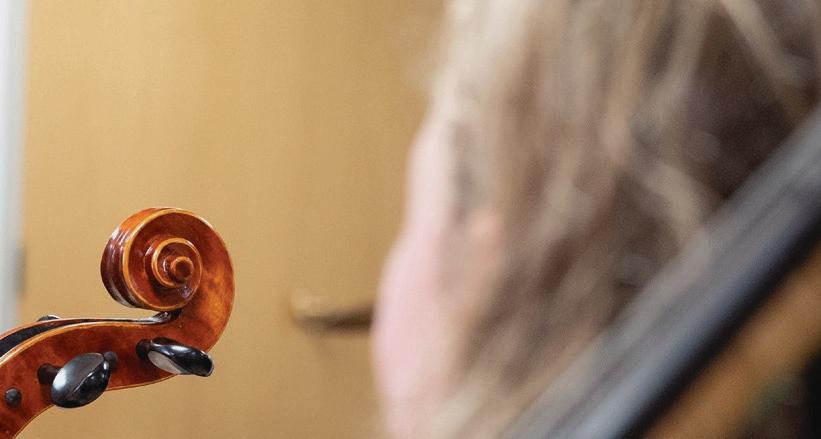

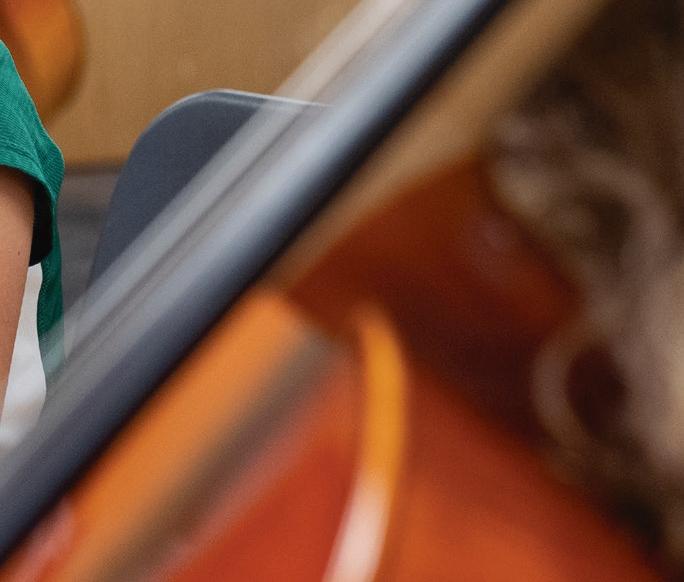

























conductor

Osmo Vänskä is recognized for his compelling interpretations of repertoire from all ages and his energetic presence on the podium. He is conductor laureate of the Minnesota Orchestra, where he held the music directorship for 19 years, and was music director of the Seoul Philharmonic Orchestra from 2020 to 2023.
This past season, Vänskä conducted the symphony orchestras of Cleveland, Montreal, Pittsburgh, San Diego, Tokyo, and Bergen, and returned to the Minnesota Orchestra, Iceland Symphony Orchestra, and Lahti Symphony Orchestra. He also continues to develop a visiting relationship with the Curtis Symphony Orchestra.
Vänskä is the recipient of a Royal Philharmonic Society Award, the Finlandia Foundation’s Arts and Letters Award, the 2010 Ditson Award from Columbia University, and the Pro Finlandia Medal. He holds honorary doctorates from the Curtis Institute of Music and the universities of Glasgow and Minnesota and was named Musical America’s 2005 Conductor of the Year.
soprano
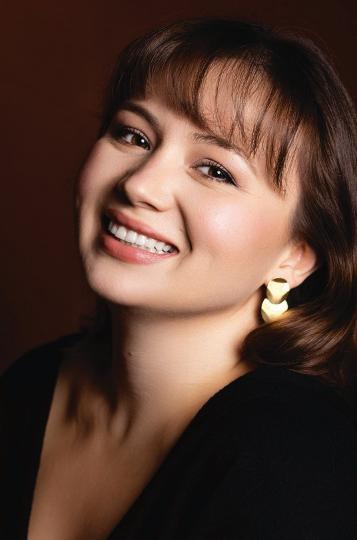
Bolivian soprano Shelén Hughes has a passion for social service and music. Her numerous opera credits include Mozart’s The Magic Flute (Teatro Municipal de Santiago), Huang Ruo’s An American Soldier (Boston Lyric Opera), and Bizet ’s Carmen (Opera Theatre of St. Louis). Hughes is also an accomplished concert artist who has appeared as a soloist in Orff ’s Carmina Burana (ProArte Chorale), Rieti ’s Bacchus et Ariane (Cantori New York), and in Gracias a la Vida with the New York Festival of Song. Future engagements include her Frankfurt Opera debut in a new production of Handel ’s Alcina.
Raised in Cochabamba, Hughes grew up performing as a folklore singer and dancer. She holds degrees from the Manhattan School of Music, was a young artist at the 2019 Gstaad Menuhin Festival, and received the 2024 Florence and Paul DeRosa Prize from The Juilliard School.
In addition, Hughes is the founder of Voices for Bolivia, a growing international non-profit organization for elderly in need.

countertenor

Grammy-nominated American countertenor Reginald Mobley is renowned for his interpretation of Baroque, Classical, and modern repertoire and leads a prolific career on both sides of the Atlantic.
An advocate for diversity in music, Mobley is the first-ever programming consultant for the Handel and Haydn Society, is a visiting artist for diversity outreach with Apollo’s Fire, and was recently appointed as artistic advisor at the Portland Baroque Orchestra.
Highlights of recent seasons include a diverse range of recitals and regular appearances with specialized ensembles, including the Philharmonia Baroque Orchestra, Academy of Ancient Music, and Freiburger Barockorchester. Mobley has also been invited to sing with major orchestras such as The Cleveland Orchestra, New York Philharmonic, and City of Birmingham Symphony Orchestra.
His first solo CD, with pianist Baptiste Trotignon on ALPHA Classics, was awarded an Opus Klassik Award in the “Classic Without Limits” category. In addition, Mobley appears on several albums with the Monteverdi Choir, Agave Baroque, and Stuttgart Bach Society.
baritone
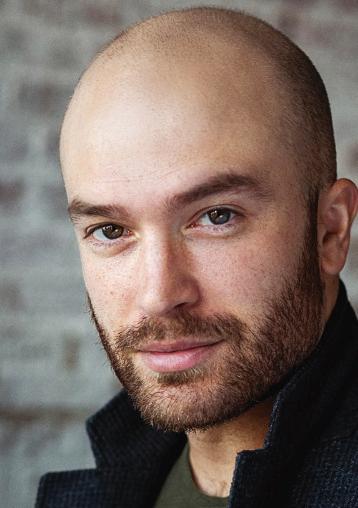
Grammy Award–winning baritone John Brancy is equally at home on the opera stage, in concert, and in recital.
In the 2024–25 season, Brancy made debuts at Paris’s Opéra Comique, Théâtre de la Ville de Luxembourg, and Tiroler Festspiele Erl, reprising his dual roles in George Benjamin’s Picture a Day Like This. Next season, he returns to Opéra de Montréal in the title role of Don Giovanni, performs Brahms’s German Requiem with La Seine Musicale, and makes his role debut as Count Almaviva in Le nozze di Figaro at Opéra national du Rhin.
In recent years, he has headlined concerts and recitals at Wigmore Hall, the Royal Concertgebouw, Carnegie Hall, and the Kennedy Center, and is the official anthem singer for the New York Rangers at Madison Square Garden. He has also appeared with leading orchestras and opera companies, including the Los Angeles Philharmonic, Boston Symphony Orchestra, Oper Frankfurt, and Glyndebourne Festival, among others.
Franz Welser-Möst Music Director
KELVIN SMITH FAMILY CHAIR
FIRST VIOLINS
Joel Link
CONCERTMASTER
Blossom-Lee Chair
Liyuan Xie
FIRST ASSOCIATE
CONCERTMASTER
Virginia M. Lindseth, PhD, Chair
Jung-Min Amy Lee
ASSOCIATE CONCERTMASTER
Gretchen D. and Ward Smith Chair
Stephen Tavani
ASSISTANT CONCERTMASTER
Dr. Ronald H. Krasney Chair
Wei-Fang Gu
Drs. Paul M. and Renate H. Duchesneau Chair
Kim Gomez
Elizabeth and Leslie Kondorossy Chair
Chul-In Park
Harriet T. and David L. Simon Chair
Miho Hashizume
Theodore Rautenberg Chair
Jeanne Preucil Rose
Larry J.B. and Barbara S. Robinson Chair
Alicia Koelz
Oswald and Phyllis Lerner Gilroy Chair
Yu Yuan
Patty and John Collinson Chair
Isabel Trautwein
Trevor and Jennie Jones Chair
Katherine Bormann
Analise Handke
Gladys B. Goetz Chair
Zhan Shu
Youngji Kim
Paul and Lucille Jones Chair
Genevieve Smelser
SECOND VIOLINS
Stephen Rose*
Alfred M. and Clara T. Rankin Chair
Eli Matthews 1
Patricia M. Kozerefski
and Richard J. Bogomolny Chair
Jason Yu2
James and Donna Reid Chair
Sonja Braaten Molloy
Carolyn Gadiel Warner
Elayna Duitman
Ioana Missits
Jeffrey Zehngut^
Sae Shiragami
Kathleen Collins
Beth Woodside
Emma Shook
Dr. Jeanette Grasselli Brown and Dr. Glenn R. Brown Chair
Yun-Ting Lee
Deborah Neale Chair
Jiah Chung Chapdelaine
Gawon Kim
VIOLAS
Wesley Collins*
Chaillé H. and Richard B. Tullis Chair
Stanley Konopka 2
Mark Jackobs
Jean Wall Bennett Chair
Lisa Boyko
Richard and Nancy Sneed Chair
Richard Waugh
Lembi Veskimets
The Morgan Sisters Chair
Eliesha Nelson^
Anthony and Diane Wynshaw-Boris Chair
Joanna Patterson Zakany
William Bender
Thomas Lauria and
Christopher Lauria Chair
Gareth Zehngut^
Mark Kosower*
Louis D. Beaumont Chair
Richard Weiss 1
The GAR Foundation Chair
Charles Bernard2
Helen Weil Ross Chair
Bryan Dumm
Muriel and Noah Butkin Chair
Tanya Ell
Thomas J. and Judith Fay Gruber Chair
Ralph Curry
Brian Thornton
William P. Blair III Chair
David Alan Harrell
Martha Baldwin
Dane Johansen
Marguerite and James Rigby Chair
Paul Kushious
BASSES
Maximilian Dimoff *
Clarence T. Reinberger Chair
Charles Paul1
Mary E. and F. Joseph Callahan Chair
Derek Zadinsky2
Mark Atherton
Thomas Sperl
Henry Peyrebrune
Charles Barr Memorial Chair
Charles Carleton
Scott Dixon
Brandon Mason
HARP
Trina Struble*
Alice Chalifoux Chair
FLUTES
Joshua Smith*
Elizabeth M. and William C. Treuhaft Chair
Saeran St. Christopher
Jessica Sindell2^
Austin B. and Ellen W. Chinn Chair
Mary Kay Fink
PICCOLO
Mary Kay Fink
Anne M. and M. Roger Clapp Chair
OBOES
Frank Rosenwein*
Edith S. Taplin Chair
Corbin Stair
Sharon and Yoash Wiener Chair
Jeffrey Rathbun 2
Everett D. and Eugenia S. McCurdy Chair
Robert Walters
ENGLISH HORN
Robert Walters
Samuel C. and Bernette K. Jaffe Chair
CLARINETS
Afendi Yusuf *
Robert Marcellus Chair
Robert Woolfrey
Victoire G. and Alfred M. Rankin, Jr. Chair
Daniel McKelway2
Robert R. and Vilma L. Kohn Chair
Amy Zoloto
E-FLAT CLARINET
Daniel McKelway
Stanley L. and Eloise M. Morgan Chair
BASS CLARINET
Amy Zoloto
Myrna and James Spira Chair
BASSOONS
John Clouser*
Louise Harkness Ingalls Chair
Gareth Thomas
Jonathan Sherwin
CONTRABASSOON
Jonathan Sherwin
HORNS
Nathaniel Silberschlag*
George Szell Memorial Chair
Michael Mayhew §
Knight Foundation Chair
Jesse McCormick
Robert B. Benyo Chair
Hans Clebsch
Richard King
Meghan Guegold Hege^
TRUMPETS
Michael Sachs*
Robert and Eunice Podis Weiskopf Chair
Jack Sutte
Lyle Steelman 2^
James P. and Dolores D. Storer Chair
Michael Miller
CORNETS
Michael Sachs*
Mary Elizabeth and G. Robert Klein Chair
Michael Miller
TROMBONES
Brian Wendel*
Gilbert W. and Louise I. Humphrey Chair
Richard Stout
Alexander and Marianna C. McAfee Chair
Shachar Israel2
BASS TROMBONE
Luke Sieve
EUPHONIUM & BASS TRUMPET
Richard Stout
TUBA
Yasuhito Sugiyama*
Nathalie C. Spence and Nathalie S. Boswell Chair
TIMPANI
Zubin Hathi*
Otto G. and Corinne T. Voss Chair
Peter Nichols2
Mr. and Mrs. Richard K. Smucker Chair
PERCUSSION
Marc Damoulakis*
Margaret Allen Ireland Chair
Thomas Sherwood
Tanner Tanyeri
Peter Nichols
KEYBOARD INSTRUMENTS
Carolyn Gadiel Warner
Marjory and Marc L. Swartzbaugh Chair
LIBRARIAN
Michael Ferraguto*
Joe and Marlene Toot Chair
ENDOWED CHAIRS CURRENTLY UNOCCUPIED
Clara G. and George P. Bickford Chair
Sandra L. Haslinger Chair
Charles M. and Janet G. Kimball Chair
Sunshine Chair
Rudolf Serkin Chair
CONDUCTORS
Christoph von Dohnányi
MUSIC DIRECTOR LAUREATE
Taichi Fukumura
ASSISTANT CONDUCTOR
Elizabeth Ring and William Gwinn Mather Chair
James Feddeck
PRINCIPAL CONDUCTOR & MUSICAL ADVISOR OF THE CLEVELAND ORCHESTRA YOUTH ORCHESTRA
Sidney and Doris Dworkin Chair
Lisa Wong
DIRECTOR OF CHORUSES
Frances P. and Chester C. Bolton Chair
* Principal
§ Associate Principal
1 First Assistant Principal
2 Assistant Principal
^ Alum of The Cleveland Orchestra Youth Orchestra
This roster lists full-time members of The Cleveland Orchestra. The number and seating of musicians on stage varies depending on the piece being performed. Seating within the string sections rotates on a periodic basis.
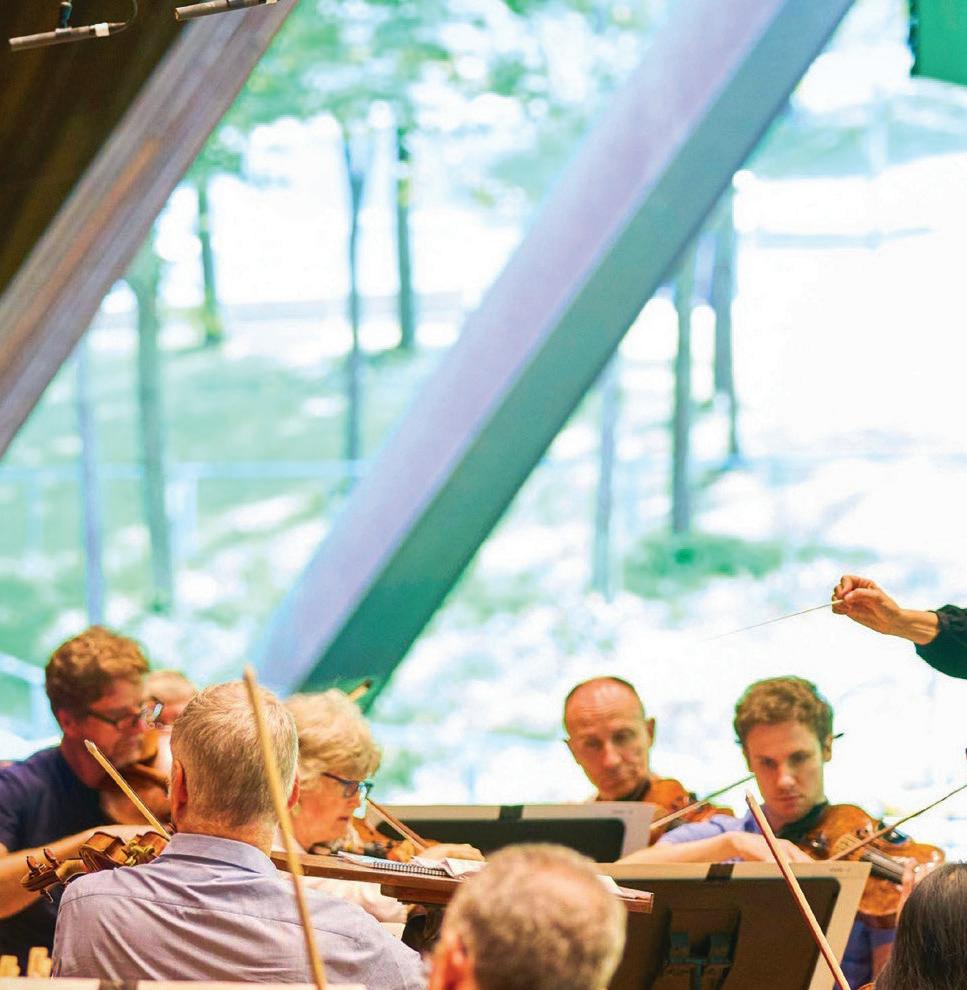
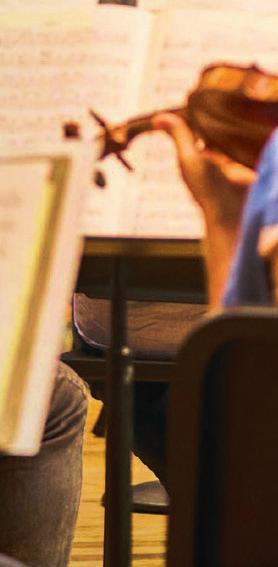

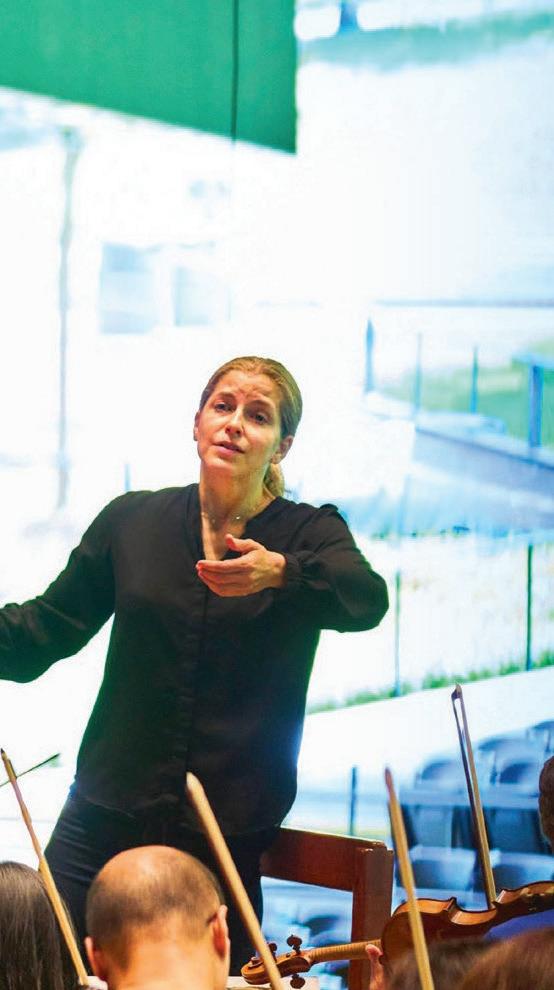


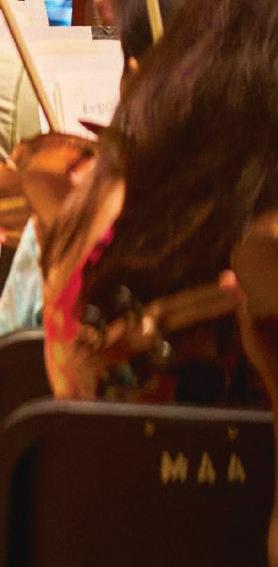

Lisa Wong Director of Choruses
FRANCES P. AND CHESTER C. BOLTON CHAIR
SOPRANOS
Amy Foster Babinski
Claudia Barriga
Carolyn Brunelle
Emily Carlson
Signe Carlson
Caitlin DiFranco
Emma Downing
Natasha Dudick
Elisha Evanko
Maggie Clark Fairfield
Lisa Fedorovich
Emily Flood
Sarah Gaither
Brianna Gibson
Olivia Giddings
Jennifer Gilles
Julia Halamek
Rebecca S. Hall
Lisa Hrusovsky
Shannon R. Jakubczak
Kiersten Johnson
Katie Kitchen
EvaCecilia Koh
Heidi Lang
Narayah Lyles
Morgan Malone
Sophia Marshall
Julie Myers-Pruchenski
Emily Zart Nesselrode
Sarah Peterson
Grace Prentice
Lisa M. Ramsey
Elena Rodenborn
Nicole Rounick
Aanchal Saraf
Monica Schie
Ellie Smith
Morgan Smock
Megan Tettau
Julie White
Mary Krason Wiker
LoRee Wilkinson
Kathryn Zorman
ALTOS
Cam Armstrong
Laurel Babcock
Roma Bandza
Kimberly E. Barrios
Debbie Bates
Riley Beistel
Kristina Bodnar
Carla Cashman
Barbara Clugh
Amber Dimoff
Brooke Emmel
Colleen Endrizzi
Hope Ezell
Jessica L. Gallagher-Steuver
Jade Gladue
Gloria Homolak
Kristen Hosack
Karen S. Hunt
Rebecca King
Taylor Mills Logan
Emily Longenecker
Jennifer MacLure
Victoria Marquard-Schultz
Karla McMullen
Bri Mosley
Shanely Niemi
Andrea Pintabona
Stephanie Summers
Melanie Tabak
Michelle Wagner-Skinner
Laure Wasserbauer
Haley Wheeler
Maggie Fairman Williams
Leah Wilson
Jennifer R. Woda
Lynne Leutenberg Yulish TENORS
Rong Chen
David Erlandson
Jeff Guritza
Richard Hall
Clay Hoffner
Adam Kilo
Alexander Kuhn
David McCallum
Ted Rodenborn
Greg Smith
Andrew Stamp
BASSES
Simon Beck
Frank Bianchi
Matthew Britton
Nicholas Campagna
Carlos Castells
Ben Cutarelli
Christopher Dewald
Jennifer Rozsa Director
Spurthi Adavi
Ellie Armstrong
Judy Charif
Madeleine Park Colman
Chloe Deosaran
Lili Deosaran
Christina Gomez
Olivia Marie Gordy
Emerson Greene
Zoey Jain
Inaaya Jiwani
Claire Kaschube
Dimitri Kosteas
Mina Krasney
Lauren Malbasa
Maren McKenzie
Nicholas McNally
Sumaya Musa
Pooja Narayanan
Zaria Amerie Nowlin
Chiamanda Nwogbo
Anna O’Sullivan
Elias Oetama-Paul
Elizabeth Parashchak
Gianna Paternite
Ava Payne
Caroline Reidhead
Corrina Schriver
Creek Smith
Elisha Getsemani Sosa
Ezbai B. Sosa
Sherie Sun
Hollie Tennant
Hamish Waters
Magdalene Whitaker
Vey Whitaker
Jacob Young
Assistant Director
Jacob Bernhardt
Collaborative Pianist
Angel Victoria Tyler
Children’s Choruses Manager
Andrew Fowler
Jeffrey D. Gershman
Matthew Hébert
John R. Homolak
Kim Jacoby
Thomas W. Kupferer, Jr.
Kevin Kutz
Jacob J. Liptow
Tyler Mason
Daniel Mills
John Philipps
Brandon Randall
Robert Seaman
Daniel J. Singer
Jeffrey Sonoda
Devon Steve
Charles Tobias
Bob Winters
Martin Young
Daniel J. Singer
Assistant Director
Daniel Overly
Collaborative Pianist
Jill Harbaugh
Director of Choral Operations
Victoria Peacock
Chorus Coordinator

envision the perfect piano for home

Request a complimentary steinway & sons grand piano floor template and select the perfect steinway for your space.



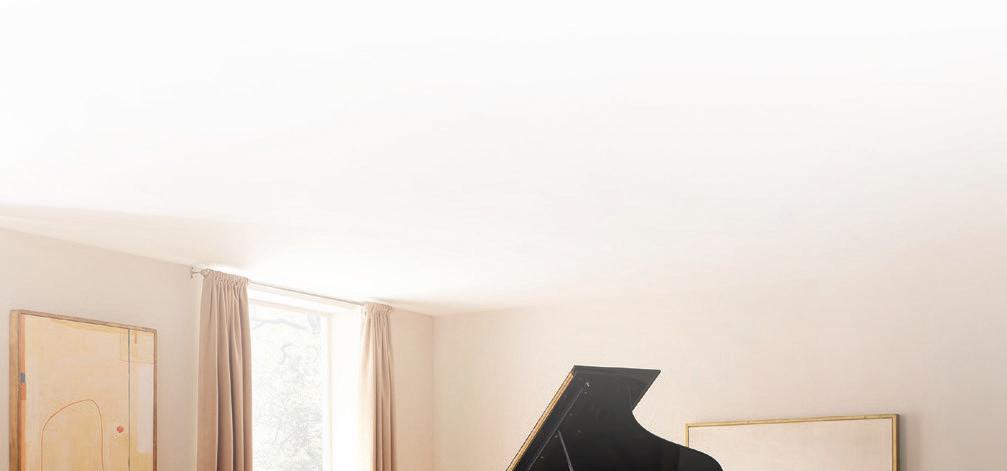
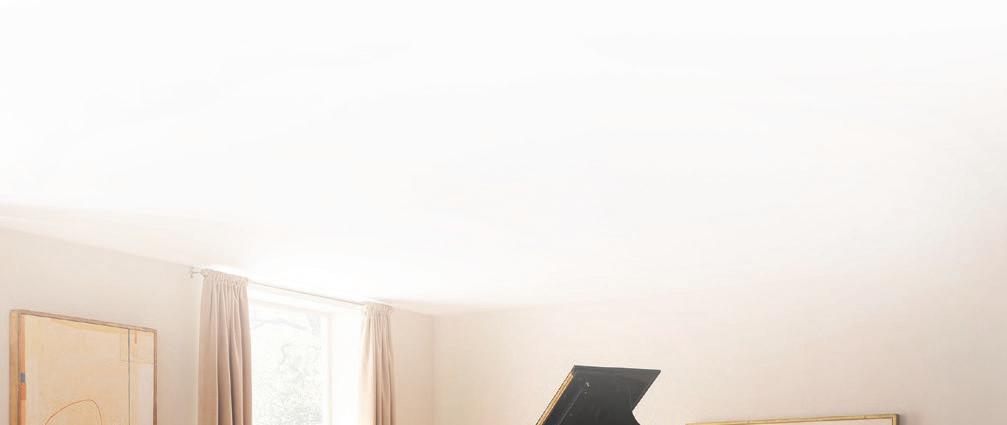
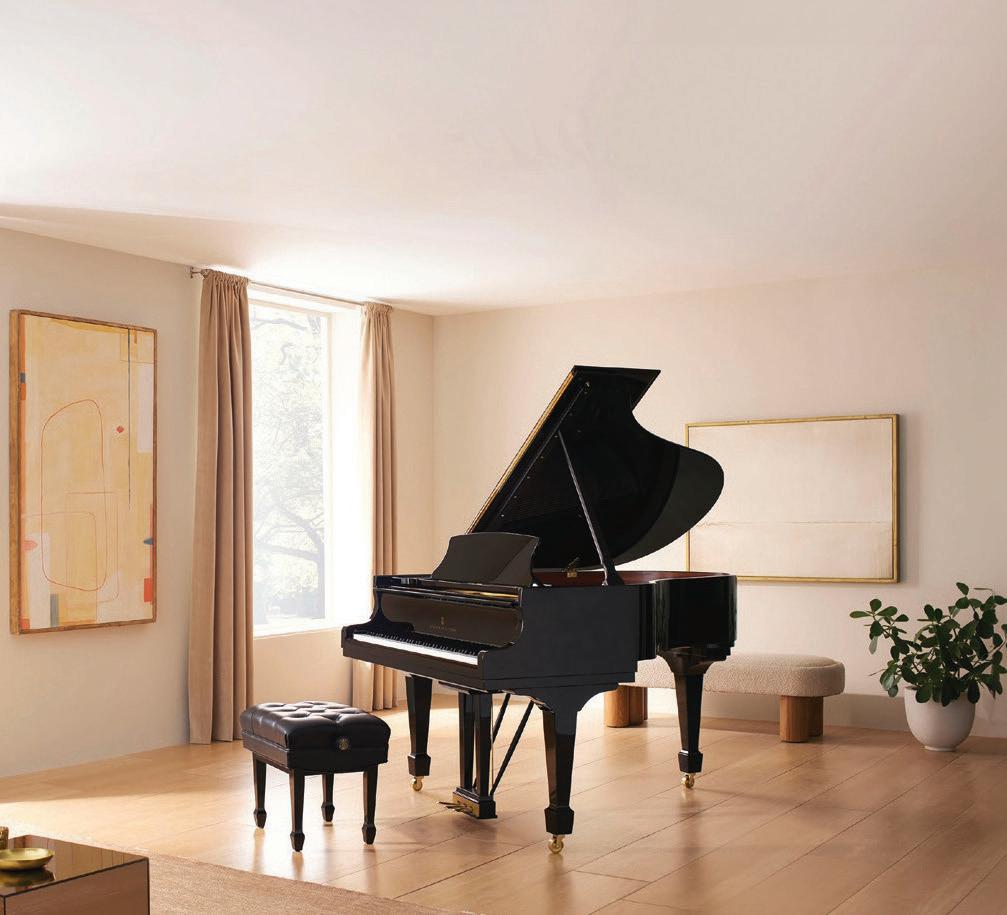
a 172 year legacy of craftsmanship & innovation
Discover why steinway remains at the heart of cultured homes around the world.
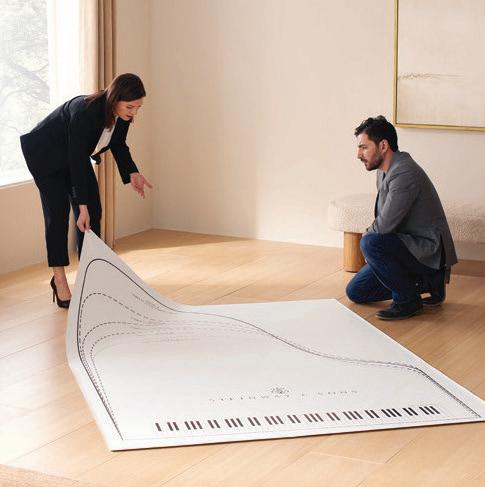
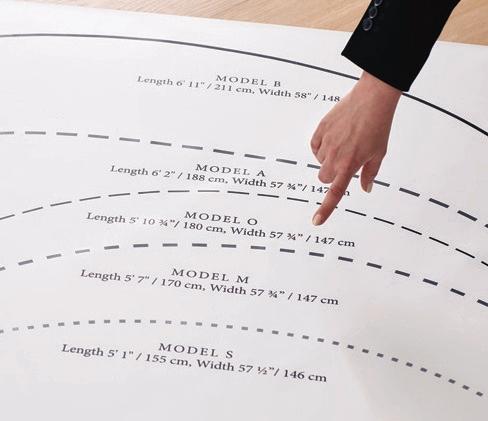
request a free floor template
Please scan the QR code or visit: Steinway.com/template

OCTOBER 22

TUESDAY MUSICAL PRESENTS: the Akron Concert Series, our 137th season: 2024-2025.
TUESDAY MUSICAL PRESENTS: the Akron Concert Series, our 138th season: 2025-2026
FEBRUARY 11
OCTOBER 21
MARC-ANDRÉ HAMELIN
MICHAEL FEINSTEIN’S TRIBUTE TO TONY BENNETT
NOVEMBER 18
NOVEMBER 19
SIMONE DINNERSTEIN
VIVALDI’S FOUR SEASONS AT 300 with Les Arts Florissants
DECEMBER 3
NOVEMBER 30
CHRISTMAS WITH CANTUS
JOYCE DIDONATO WITH KINGS RETURN

FEBRUARY 10 IMANI WINDS & BOSTON BRASS
CZECH NATIONAL PHILHARMONIC
MARCH 4
MARCH 3
ISIDORE STRING QUARTET WITH PIANIST JEREMY DENK
MARSALIS-McALLISTER-AMES TRIO
APRIL 22
APRIL 21
RENéE FLEMING
AKRON BICENTENNIAL CONCERT WITH
Voice of Nature: The Anthropocene





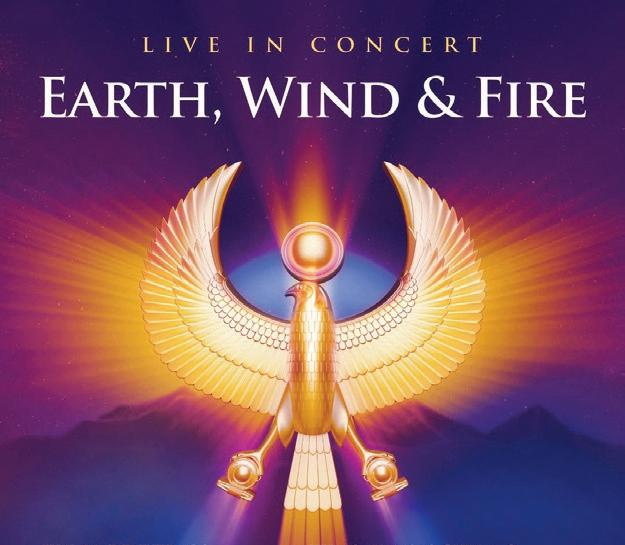
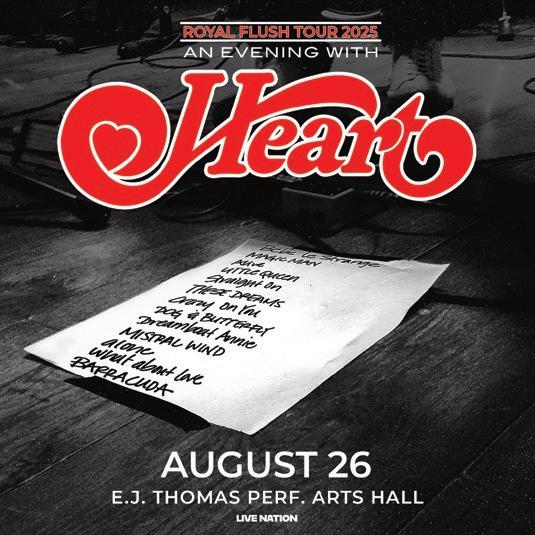









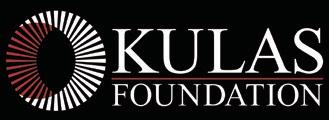




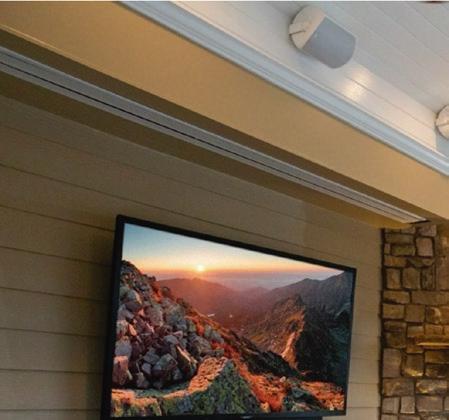
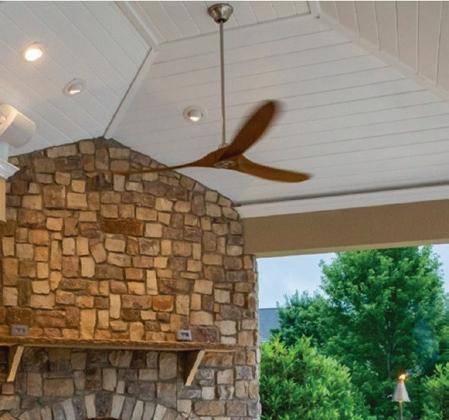
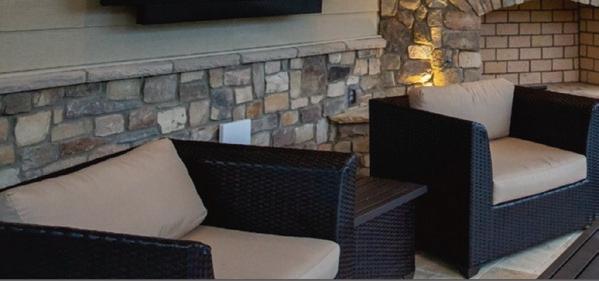


Guests with Pavilion seats who arrive after the start of the concert may be asked to wait outside the Pavilion until the first convenient pause in the music, after which our ushers will help you to your seats.
Guests on the Lawn may bring their own chairs, but guests with high-backed chairs that obstruct others’ views may be asked to relocate to the rear of the Lawn. Rental chairs are available for a fee of $10 per evening. Tents, flags, balloons, or other structures that might obstruct views or present a hazard are prohibited. Open flames are also prohibited.
Audio recording, photography, and videography are prohibited during performances at Blossom. Photographs and videos can only be taken when the performance is not in progress. As a courtesy to others, please silence all electronic devices prior to the start of the concert.
All Blossom Music Festival events are presented in a smoke-free environment. Smoking or vaping are not allowed anywhere on the grounds or in buildings once you have entered through the ticket gates. A smoking area is available outside the gates in a designated area of Parking Lot A.
In the event of severe weather, a coordinated alert will be issued. Guests will be directed to safety by our staff and loudspeaker system. Visit clevelandorchestra.com/weather for weather updates and more information.
Free tram service between the parking lots and Smith Plaza and the Pavilion is available on a continuous basis before and after each concert. The ADA Van Service can pick up at the Main Gate with service to the Tram Circle.
Visit our Information Center, hosted by the Blossom Friends of The Cleveland Orchestra, inside the Main Gate on Smith Plaza.
Scan the QR code below to explore the Orchestra’s history, meet our musicians and music director, and discover upcoming performances at Severance Music Center and Blossom.
Follow us on social media at:

The Cleveland Orchestra is grateful to these organizations for their ongoing generous support of The Cleveland Orchestra: National Endowment for the Arts, the State of Ohio and Ohio Arts Council, and to the residents of Cuyahoga County through Cuyahoga Arts and Culture.
© 2025 The Cleveland Orchestra and the Musical Arts Association Program books for Cleveland Orchestra concerts are produced by The Cleveland Orchestra and are distributed free to attending audience members.
EDITORIAL
Kevin McBrien, Publications Manager The Cleveland Orchestra kmcbrien@clevelandorchestra.com
DESIGN
Judy Barabas, Red Swing Creative
ADVERTISING
Live Publishing Company, 216-721-1800
PLEASE RECYCLE





